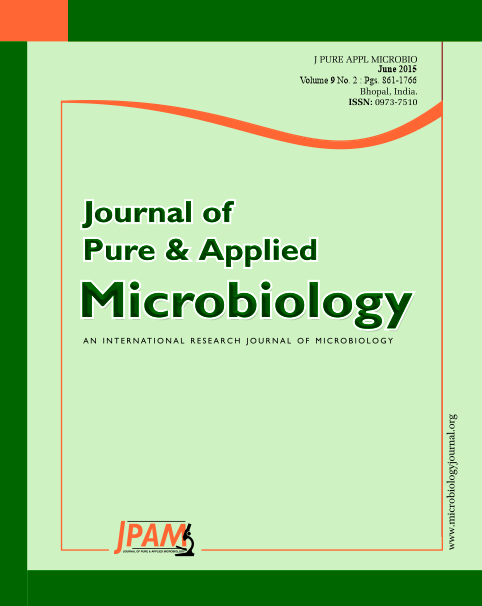E2 protein (E2) is one of the major structural proteins of the Classical Swine Fever Virus (CSFV). It is the major protective antigen of CSFV. The N-glycosylated E2 protein (Gly-E2) which had been glycosylated in vitro will enhance the immune response in theory. Therefore, in order to evaluate the immune efficacy of Gly-E2 of classical swine fever virus, the Gly-E20dendritic cells (DCs) and T cells were co-cultured and the BALB/c mice were inoculated with the Gly-E2 after that the E2 was glycosylated successfully. Sequentially, the IL-40IFN-g and IgG levels in cell supernatant and in serum of BALB/c mice were measured by ELISA technology. The results showed that the glycosylation of E2 enhanced antigen presentation of dendritic cells significantly, and promoted the Th1 and Th2 immune response at the same time. Furthermore, the Th2 humoral immune response was more significant. The Gly-E2 excited the body to produce faster and more durable antibody protection and a better immune memory than that of CSFV and E2. Consequently, the results proved that the Gly-E2 possess a good preventive effect to classical swine fever. Therefore, the Gly-E2 will have a very deep development potential for the exploitation of new vaccines as a preferable antigen.
Classical swine fever virus, E2 protein, Glycosylation, Immune response
© The Author(s) 2015. Open Access. This article is distributed under the terms of the Creative Commons Attribution 4.0 International License which permits unrestricted use, sharing, distribution, and reproduction in any medium, provided you give appropriate credit to the original author(s) and the source, provide a link to the Creative Commons license, and indicate if changes were made.


